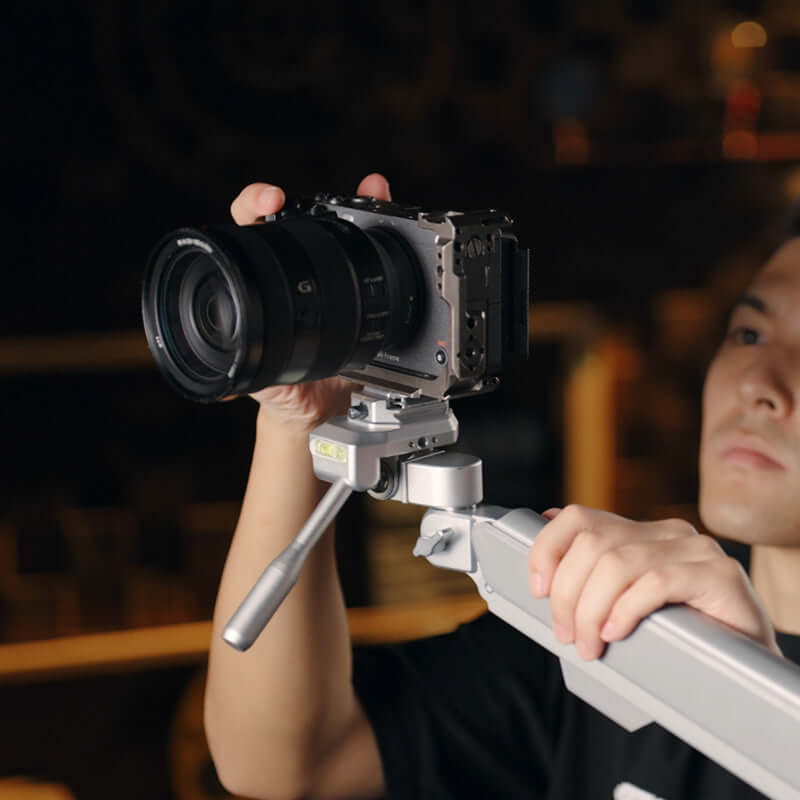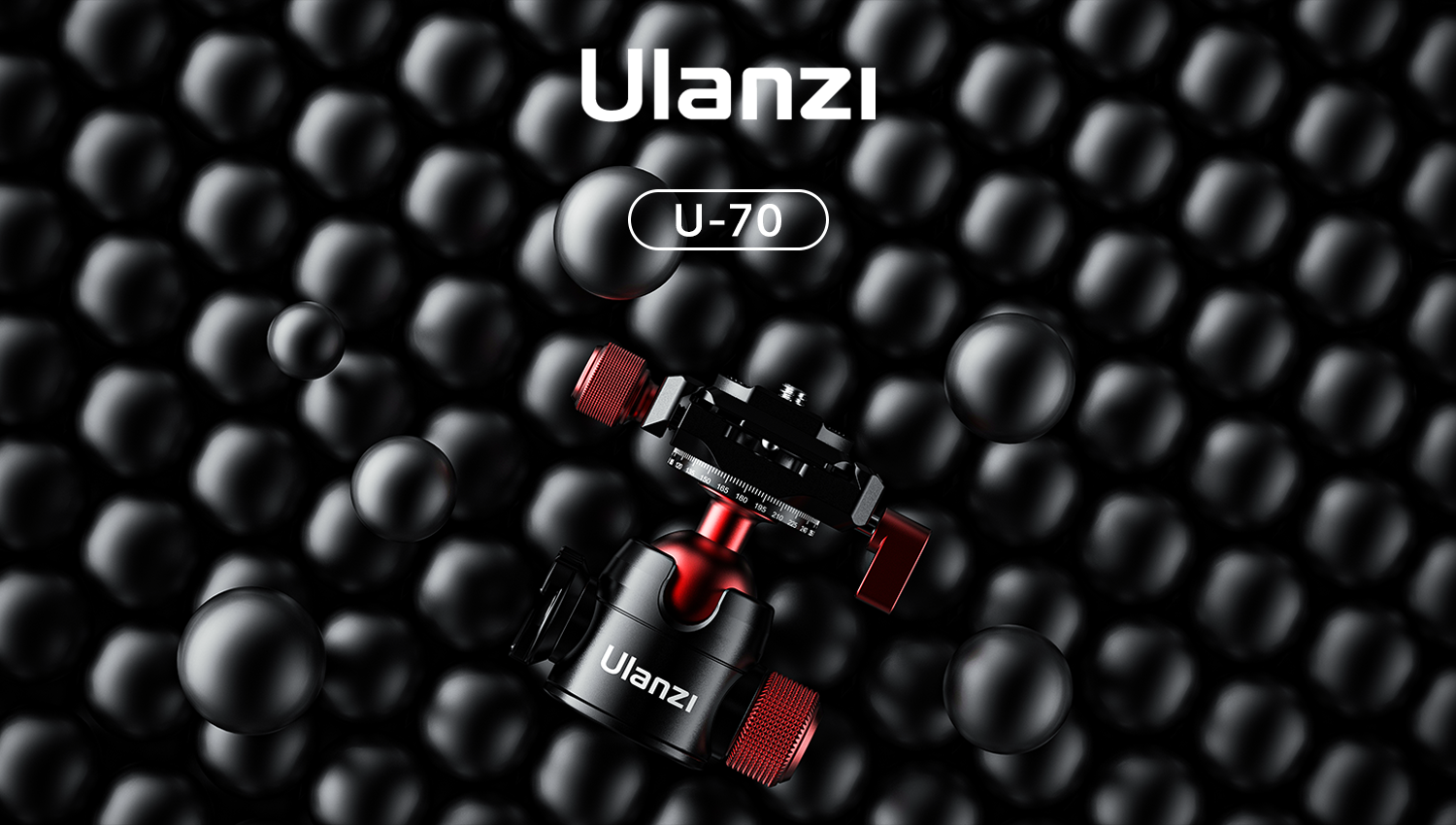Tripod heads are a critical but often overlooked camera accessory. They connect your camera to the tripod legs, allowing flexible positioning. The type of head you choose impacts stability, precision of movements, and suitability for different photography genres. Geared tripod heads stand out for enabling ultra-fine adjustments with gears that heavily reduce drag and slip. This guide covers everything about these advanced but specialized heads.

What Is a Geared Tripod Head?
A geared tripod head uses gear-driven mechanisms in the tilt and pan movements. High-precision machined metal gears provide much greater control and stability compared to basic heads. Turning adjustment knobs incrementally drives the head to the desired angle. The gear trains remove unsure movements and instability. This makes geared heads ideal for precise positioning in genres like macro, astrophotography, studio product photography, and landscape photography.
Why You Need a Geared Tripod Head

Geared tripod heads provide unique advantages over conventional ball heads and pan-tilt heads. These benefits make geared heads the optimal choice for certain genres of photography requiring precision adjustments and stability.
Precision Framing and Composition
The heart of a geared head is the gear-driven mechanism for controlling tilt and pan movements. Turning the adjustment knobs incrementally drives the gears to move the camera mount to the desired angle. This enables tiny, graduated changes to both vertical and horizontal axis positioning. Being able to make minute adjustments aids in precise composition and framing.
For example, a macro photographer may need to continually reframe small variations when working at high magnifications. The gear train mechanisms allow smoothly dialing in these tiny composition changes. Likewise, a still life or product photographer can perfectly adjust camera orientation, tweaking lighting angles a fraction at a time.
Eliminates Position Drift and Slippage
While ball heads rely on friction to hold position, this tension is imperfect and prone to drift over time as the camera settles. The mechanical gears of a geared head essentially "lock" the camera into an infinitely adjustable but rigid positioning. There is no sag or angle drift over the duration of an exposure. This characteristic enhances sharpness for longer exposures by eliminating subtle camera settle or creep.
Increased Stability
The stabilized, graduated movements made possible by the gear mechanisms also lend an overall sense of stability. The camera feels securely "anchored", reducing vibrations. This allows the use of slower shutter speeds while still minimizing blurring, which makes geared heads suitable for low light or telephoto work. Astrophotography and nightscape shooting benefit greatly from the precision and vibration damping of geared heads.
Reliable Consistency
Geared heads make it easy to return the camera to the exact same angle later in a shoot, lending consistency. Once you frame the subject matter as desired, the gear mechanisms allow for accurate return to the set orientation while providing minor adjustments as needed. This aids workflow for still life, architecture, landscape, and other photographers who need to precisely reframe perspective.
What Matters When Choosing the Best Geared Tripod Head

With more precision moving parts than basic heads, not all geared heads are equal in performance and quality. Carefully evaluating the following factors helps ensure selecting the optimal model for your needs and budget:
Adequate Load Capacity
The gear mechanisms need to rotate and offset the weight of the camera and lens combination mounted. Check the total payload weight of your heaviest gear against the maximum load rating of the head. Factor at least a 1.5x safety margin to prevent straining the gears. While consumer heads support around 8-10 lbs, pro models distribute 15 lbs or more smoothly.
Machined Gear Precision
At the heart of the performance are the machined metal gears driving the tilt and pan movements. Higher-end heads will feel smooth when adjusting knobs without grittiness or uneven resistance. Any tight spots or grinding sensation indicates poorer fabrication tolerances. The gears should turn fluidly via the knobs without perceivable backlash or play for optimal function.
Knob Adjustment Quality
The knobs connecting the gears to the external controls should rotate evenly without sudden resistance or slippage. Quality knob movement contributes greatly to adjustment precision. Knobs that feel smooth and steady aid dialing in fine incremental movements to both horizontal and vertical orientation.
Quick Release Integration
Higher-end heads allow for rapid mounting of the camera via an Arca-Swiss-style quick release plate. QR plates secured by a clamp deliver fast attachment without needing to screw the camera bottom down each time. Plates leverage the anti-twist design favored by professional gear.
Robust Base Leveling Platform
A leveling base that rotates slightly over the tripod apex is essential for smoothly dialing in precise horizontal and vertical alignment. Quality geared heads allow at least 10-15° of leveling adjustment to compensate for uneven legs or shifting ground.
The optimal geared head combines excellent machining tolerance in the gear mechanisms, precise QR plate integration, smooth, steady knobs, adequate load capacity, and effective base leveling - while staying within budget. This transforms into superior stability and adjustment capability when precision matters most.
Geared Tripod Heads vs. 3-Way Tilt Heads
3-way tilt heads rely on sliding plates and friction to allow vertical and horizontal camera orientation adjustments. A large central handle controls tilt, while a base panning lock rotates the entire head left or right. However, having to overcome and then tightly secure the friction to hold angles limits fine control. The camera still exhibits subtle drift over seconds and minutes.

In contrast, geared heads utilize precision machined metal gears to provide measured, stabilized control in all directions. Turning the adjustment knobs drives the head via gear trains rather than imprecise friction. This essentially eliminates all sag, slip, and drift during the shoot. Photographers gain superior precision control compared to wrestling against friction. The gear mechanisms also allow more gradual adjustments in small increments.
While basic 3-way tilt heads offer simplicity and lower cost at the expense of precision, geared heads better serve photographers needing reliable stability for perfect composition and framing. However, 3-way heads suffice for general photography, not requiring finesse.
Geared Tripod Heads vs. Fluid Heads
Fluid heads utilize viscous fluid inside cylinders to evenly smooth out camera movements, which is ideal for video tracking and panning. However, the fluid damping makes ultra-fine incremental adjustments challenging. Fluid heads still allow some settling and drifting, unlike the positional rigidity of geared heads.

Geared heads enable far greater precision control and stability, which is crucial for commercial product studio photography and other still shooting requiring reliability. Landscape photographers also rely on the consistent stability of geared heads across long exposures. The gears provide absolute solidity, which is lacking for fluid heads more oriented toward balanced video motions.
In essence, fluid heads prioritize smoothness, while geared heads prioritize micro-adjustment precision. Videographers may still appreciate geared heads when using Teleprompters requiring stable framing. But content creators and broadcast professionals often gravitate toward fluid heads as the primary stabilizer for on-the-go recording.
Geared Tripod Heads vs. Ball Heads
Ball heads rely on variable friction across a ball-and-socket joint to control orientation in all directions. However, the tension method still allows subtle settling, accelerated by heavier camera loads. Nothing secures rigidly locked-in place through the shoot.

In comparison, the mechanics inside a geared head essentially eliminate settling and drift. The machined gears provide absolute measured control over tilt and pan orientations. This prevents slight downward creep and left-right sag familiar to ball head users over extended periods. Landscape and still life photographers, in particular, gain superior stability and positioning consistency from upgrading to geared heads.
The minimal friction and mechanical nature also enable precise incremental adjustments that are not feasible with ball heads. It becomes easy to tweak composition in tiny amounts as needed for macro photography and other applications requiring reliable precision. Overall, geared heads deliver extraordinary stability and positioning accuracy, which is not possible for casual ball heads.
Final Words
Geared tripod heads provide a specialized capability conventional designs cannot match - ultra-fine control and positioning. For certain genres of photography requiring stability and precision, geared heads deliver immense advantages. From product photographers to astrophotographers, geared heads outperform when rock-solid stability is mandatory. If you find your current basic or ball head struggling with fine adjustments, instability, or drift - investing in a precision-geared head could truly elevate your camera support.






